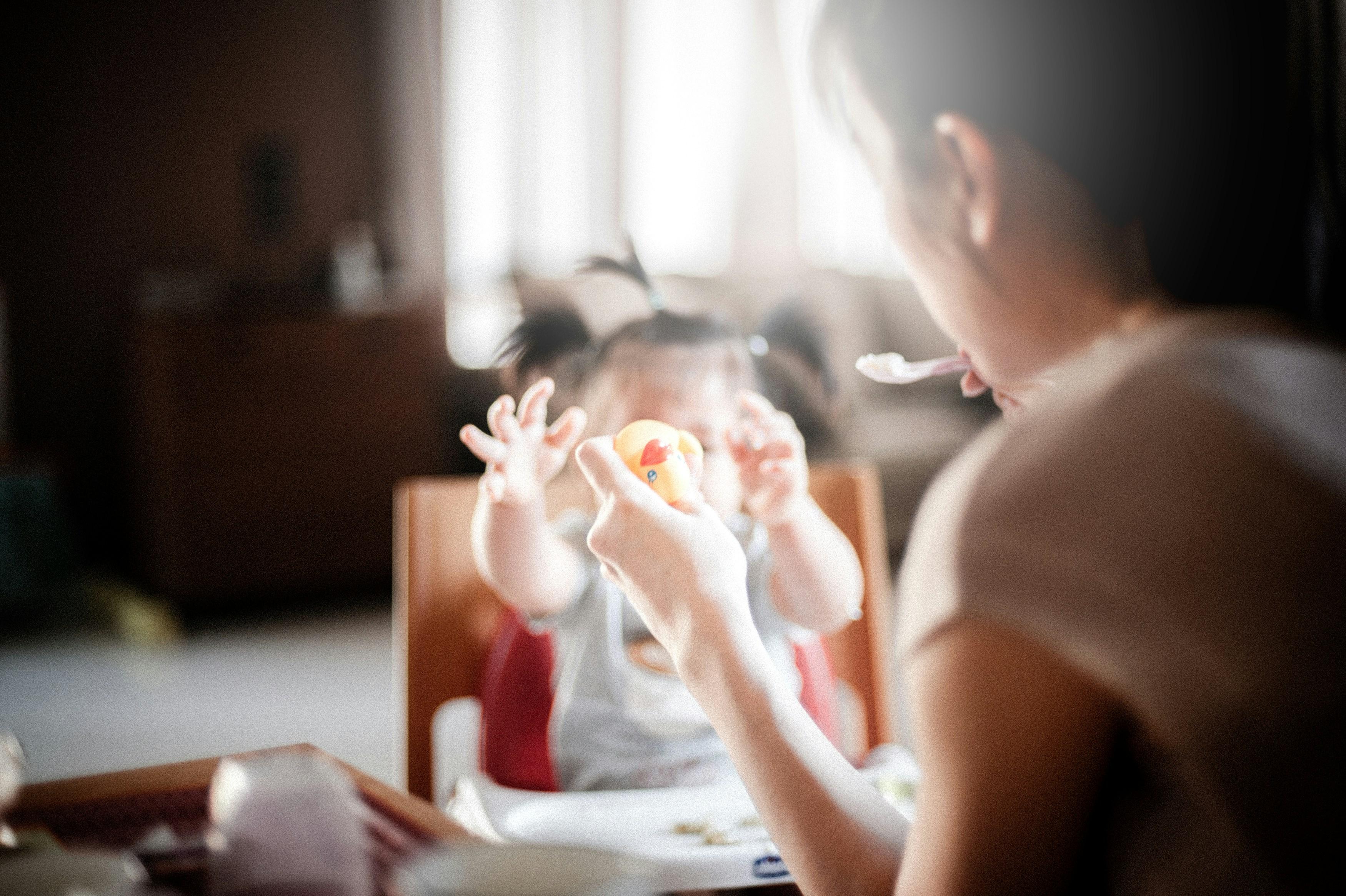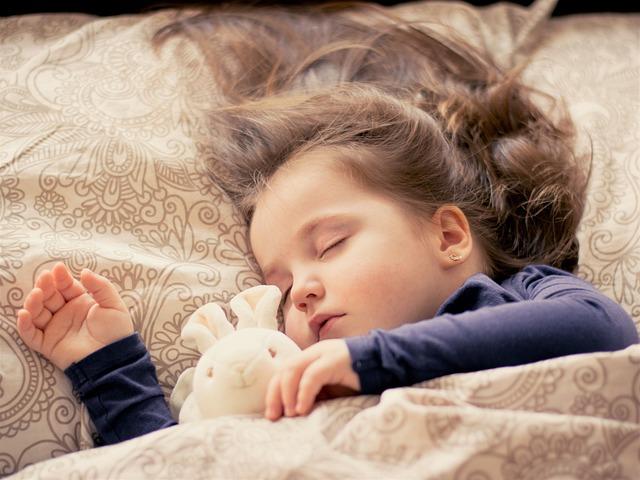In the gentle embrace of night, when the world hushes into a whisper and dreams take flight, a question stirs quietly among parents and caregivers: is co-sleeping a healthy practice for children? This age-old custom, woven into the fabric of many cultures, invites both comfort and controversy. As the moonlight casts its silvery glow across cribs and beds alike, the debate unfolds—balancing on the delicate line between instinct and caution. Within this article, we will explore the multifaceted dimensions of co-sleeping, examining its potential benefits and pitfalls, and seeking insights from both tradition and modern science. Join us as we navigate the nighttime terrain where warmth, security, and autonomy converge, and uncover whether co-sleeping is indeed a nurturing embrace or a path best tread with care.
Understanding the Origins and Cultural Perspectives on Co-Sleeping
Co-sleeping, the practice of parents sharing a bed with their children, has roots deeply embedded in both historical and cultural contexts. Across various cultures, this practice is seen not just as a nighttime routine but as an integral part of familial bonding. In many Asian and African societies, co-sleeping is commonplace and reflects a communal lifestyle that values closeness and interdependence. Here, it is often believed that sharing sleep fosters emotional security and strengthens family ties. Conversely, in Western cultures, particularly in the United States, there is a significant emphasis on independence and self-reliance, which can lead to co-sleeping being viewed with skepticism.
Different cultural perspectives shape how co-sleeping is perceived and practiced. In cultures where it is prevalent, some of the perceived benefits include:
- Enhanced parent-child bonding
- Increased sense of security for the child
- Convenience in nighttime caregiving
However, there are also concerns, especially in societies where co-sleeping is less common, such as:
- Potential safety risks, including suffocation and SIDS
- Impact on parental sleep quality
- Concerns about fostering dependency

Exploring the Psychological and Emotional Impact on Child Development
In the realm of child development, the practice of co-sleeping has sparked considerable debate among parents and experts alike. On one hand, co-sleeping can offer children a profound sense of security, fostering emotional bonds that may enhance their social and emotional growth. The warmth and proximity of a caregiver can soothe night-time anxieties, potentially leading to better sleep quality for both the child and the parent. Moreover, this practice can facilitate easier nighttime breastfeeding, promoting a nurturing environment that aligns with the natural rhythms of both mother and child.
- Enhanced emotional bonding
- Potential for improved sleep quality
- Facilitation of nighttime breastfeeding
Conversely, some experts caution against the potential drawbacks of co-sleeping. There is a concern that children might become overly reliant on the presence of a parent to fall asleep, which could hinder the development of their independence and self-soothing abilities. Additionally, safety risks, such as accidental suffocation or falls, must be carefully considered. The key lies in balancing these factors, taking into account the unique dynamics of each family and the individual needs of the child.
- Possible hindrance to independence
- Safety risks
- Need for family-specific considerations

Analyzing the Risks and Benefits: A Balanced Perspective on Co-Sleeping
When evaluating the practice of co-sleeping, it’s essential to consider both its potential risks and benefits to provide a balanced view. On the one hand, advocates of co-sleeping highlight several advantages. These include:
- Enhanced Bonding: Sharing a sleeping space can strengthen the emotional connection between parents and children.
- Improved Sleep Quality: Some studies suggest that both children and parents might experience better sleep due to reduced nighttime anxiety.
- Convenience for Nighttime Care: Co-sleeping can simplify nighttime breastfeeding or comforting, leading to quicker responses to a child’s needs.
Conversely, critics point out potential drawbacks, which must be carefully weighed. These concerns include:
- Safety Risks: There is an increased risk of suffocation or Sudden Infant Death Syndrome (SIDS) if proper safety guidelines are not followed.
- Sleep Disruption: Parents might experience fragmented sleep due to a child’s movements or noises.
- Independence Issues: Some experts argue that co-sleeping might delay the development of a child’s ability to sleep independently.

Expert Recommendations for Safe and Healthy Co-Sleeping Practices
When it comes to ensuring a safe and healthy environment for co-sleeping, experts suggest a few key practices that can help foster a nurturing and secure sleeping arrangement for both parents and children. Creating a safe sleep space is paramount. This means using a firm mattress and avoiding soft bedding like pillows, blankets, or stuffed animals that could pose suffocation risks. Parents are advised to ensure that the sleeping surface is free from gaps where the child could become trapped.
- Positioning: Place the child on their back to sleep, which is the safest position to reduce the risk of Sudden Infant Death Syndrome (SIDS).
- Environment: Maintain a comfortable room temperature to prevent overheating.
- Parental Awareness: Avoid co-sleeping if parents have consumed alcohol, are smokers, or have taken medication that affects awareness.
- Consistent Routine: Establishing a bedtime routine can help signal to the child that it’s time to sleep, promoting better sleep habits.
Ultimately, co-sleeping can be a healthy practice when approached with mindfulness and care, creating a bonding experience while ensuring the child’s safety is never compromised.








